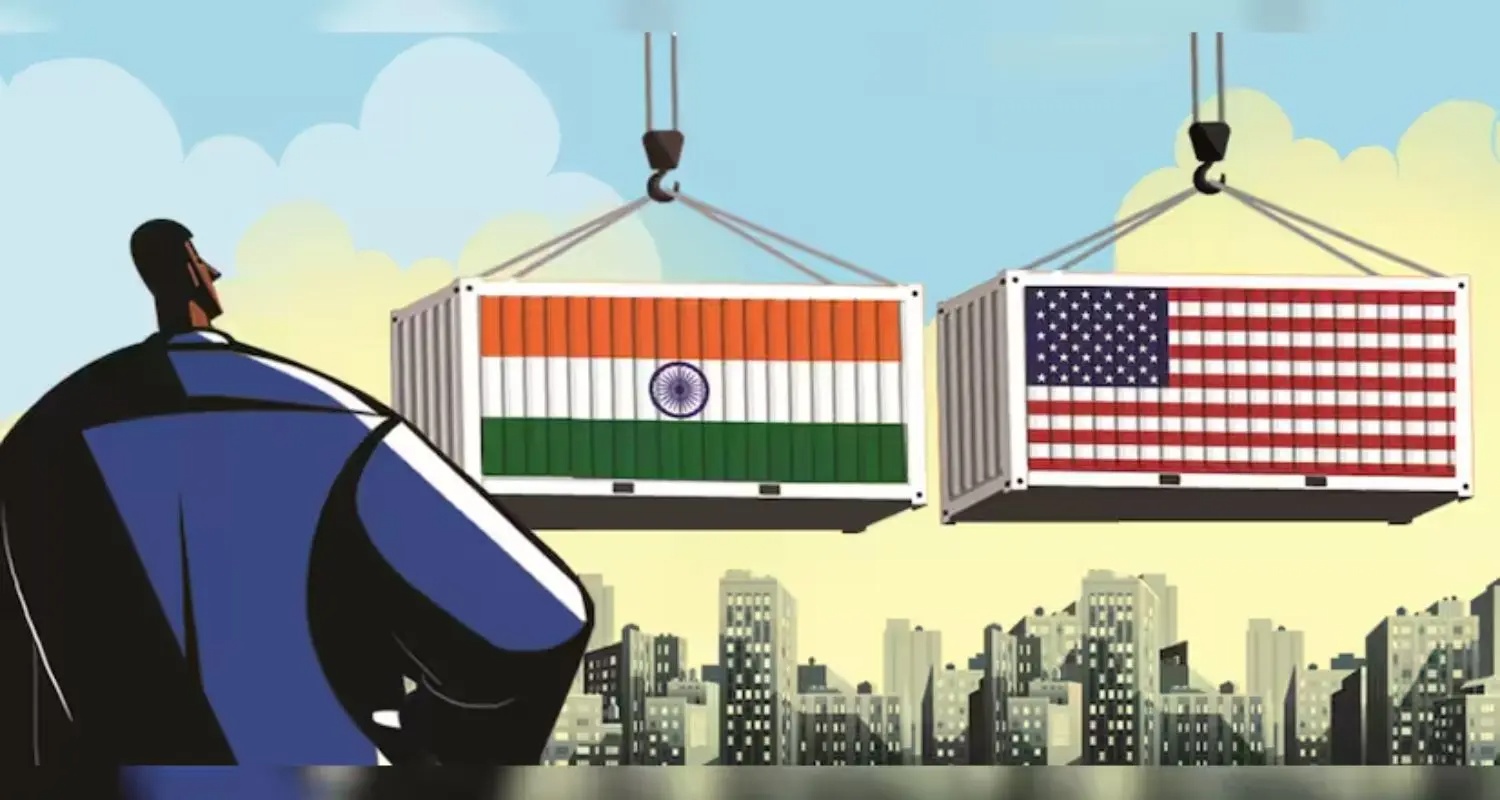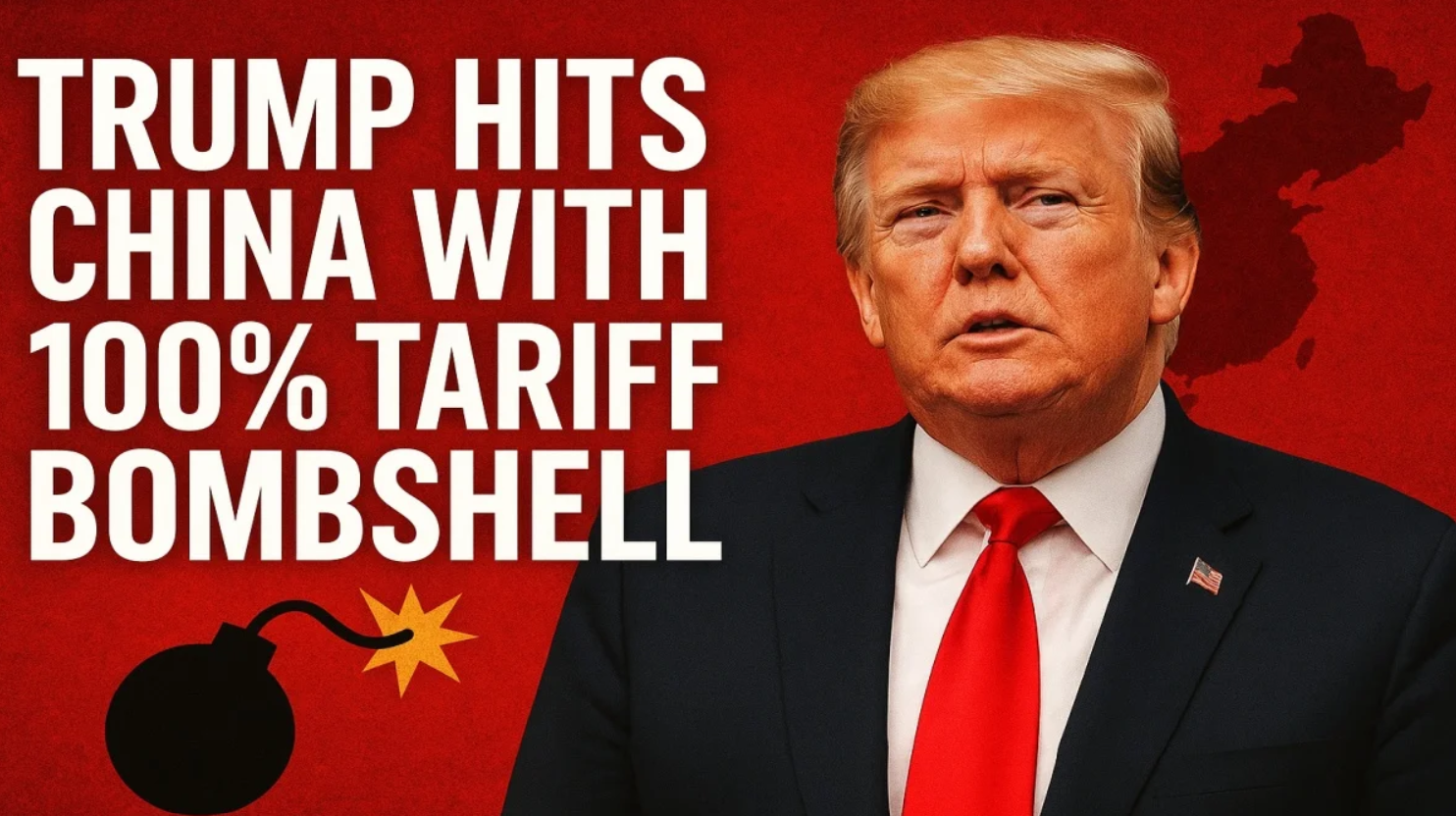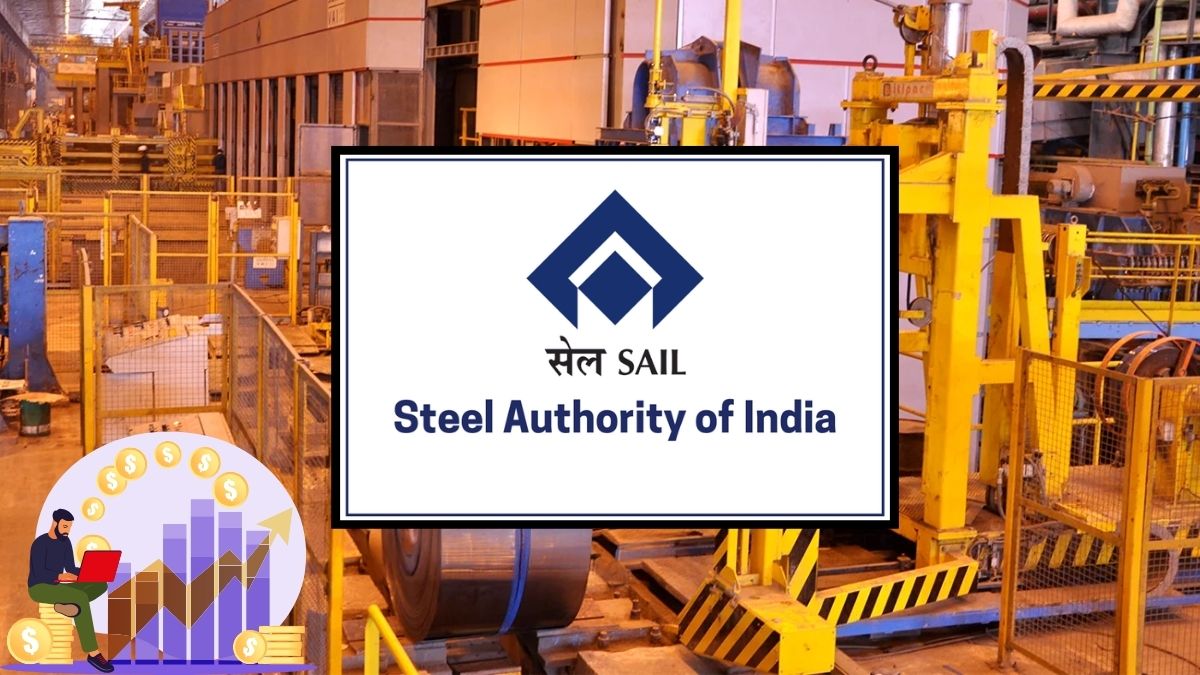India is edging closer to sealing a much anticipated interim trade deal with the United States that could prove to be a major win for Indian exporters and manufacturers. As per government sources, the two countries are in the final stretch of negotiations and could make a formal announcement within days. The timing of the announcement may coincide with the US Independence Day celebrations or be unveiled early next week. Either way, the sense of urgency and readiness on both sides signals that the deal is all but done.
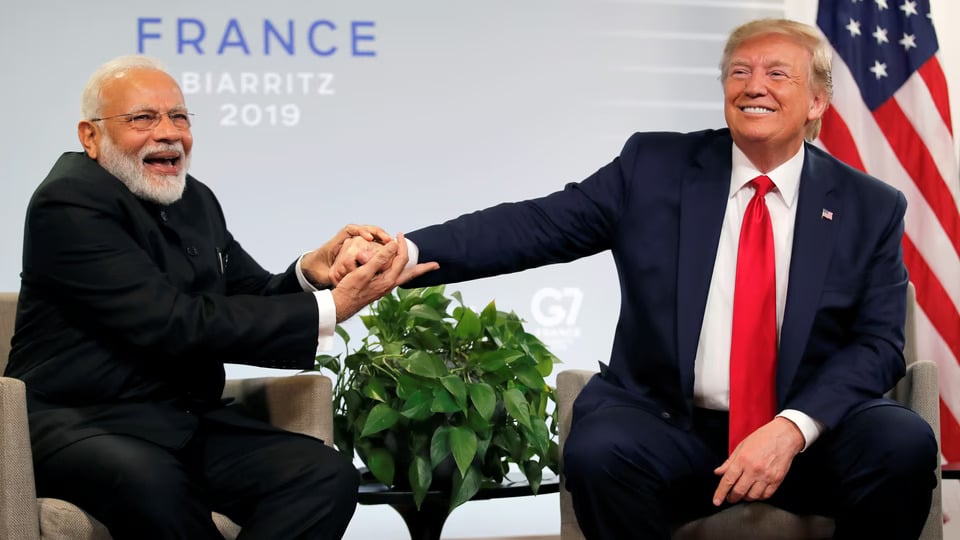
At the heart of the deal is India’s effort to avoid a sharp increase in tariffs that would otherwise be imposed on its exports starting July. This includes a potential exemption from a twenty six percent reciprocal levy that has been a growing concern for many Indian industries. By reaching this agreement, India aims to secure continued access to US markets while offering select concessions that do not compromise the country’s sensitive sectors, particularly agriculture and dairy.
One of the most immediate benefits of the agreement would be shielding Indian products from steep tariffs on goods like steel, aluminium, auto parts, and possibly pharmaceuticals. These duties were either already in place or being considered by the US administration. India has also sought commitments that would prevent any surprise tariff hikes in the future, thus ensuring more stability in trade relations.
In return, India may offer limited market access to US exports, focusing on non sensitive categories. Reports suggest the deal could include selective duty cuts or tariff rate quotas on products like almonds, walnuts, ethanol, raisins, olive oil, and wine. However, India has drawn a firm line around dairy products and essential food grains like rice and wheat, ensuring that the livelihoods of Indian farmers are not compromised.
The trade deal is especially significant for India’s high employment sectors. In the last financial year, these sectors exported goods worth over fourteen billion dollars to the United States. This includes garments, textiles, carpets, leather, ceramics, and paper products. A smooth continuation of these exports is vital not just for trade numbers but also for sustaining jobs across the country.
Beyond traditional sectors, the deal is also expected to boost India’s emerging manufacturing industries, many of which fall under the government’s Production Linked Incentive scheme. These include electronics, telecom hardware, solar equipment, battery components, and other green tech segments. Greater access to US markets in these areas could accelerate India’s ambition to become a global manufacturing hub.
India’s medium labor intensity sectors, combining skilled labor with capital investment, contributed nearly forty five billion dollars in exports to the US last year. These include high value goods like electronics, chemicals, auto components, diamonds, and plastics. The upcoming deal could help these sectors overcome tariff related barriers and make them more competitive in the US market.
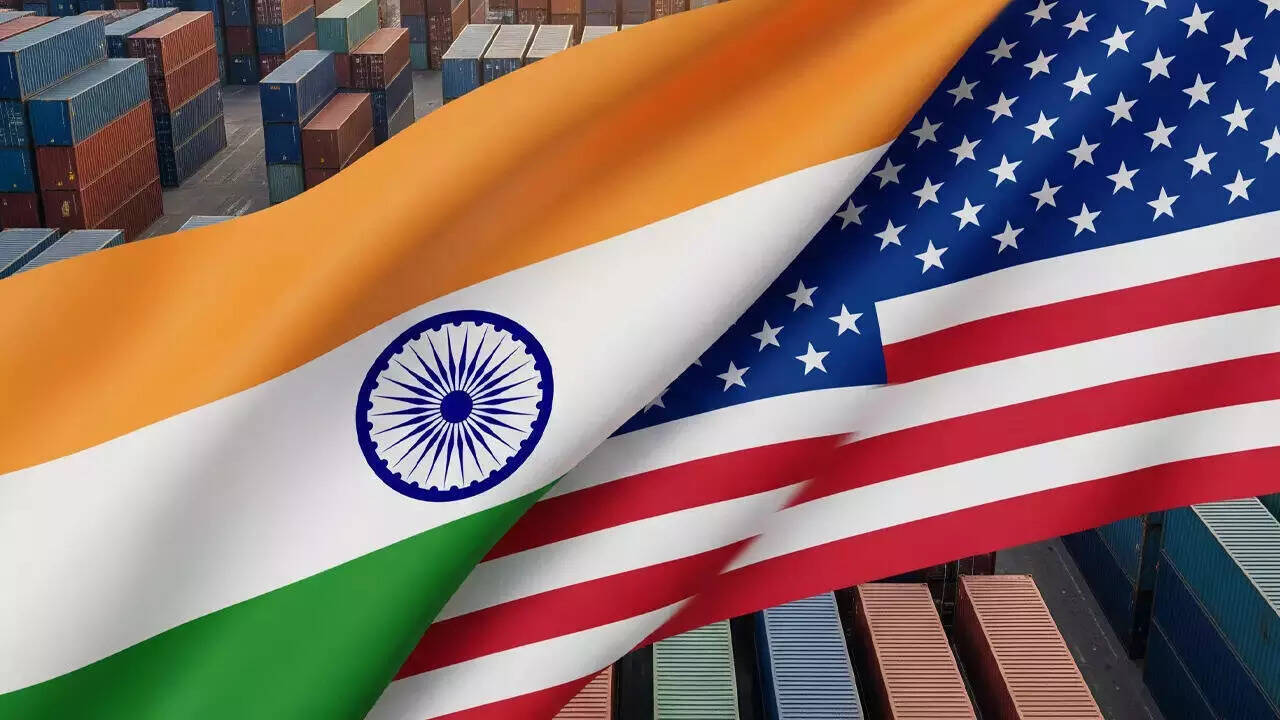
The scale of trade between India and the US is already significant. In financial year 2025, total trade between the two nations reached one hundred and eighty six billion dollars. India exported goods worth over eighty six billion and services worth nearly twenty nine billion to the US. With imports from the US valued at seventy billion, India maintained a strong overall trade surplus of more than forty four billion dollars.
For both countries, the agreement serves a larger strategic purpose. As global supply chains undergo realignment and geopolitical tensions shift alliances, strengthening economic ties between the world’s largest democracy and its largest economy has become more important than ever. A balanced trade deal that safeguards mutual interests while opening new doors for collaboration could set the stage for a more ambitious and long term agreement in the future.
This deal, while interim in nature, reflects a broader effort by India to engage with global markets on stronger terms. It showcases the country’s growing confidence in negotiating trade policies that protect domestic interests while encouraging exports and innovation.
Follow You Finance on Instagram and Facebook for regular updates on international trade, market insights, and how global shifts affect your financial future. Get smarter with your money, one story at a time.



